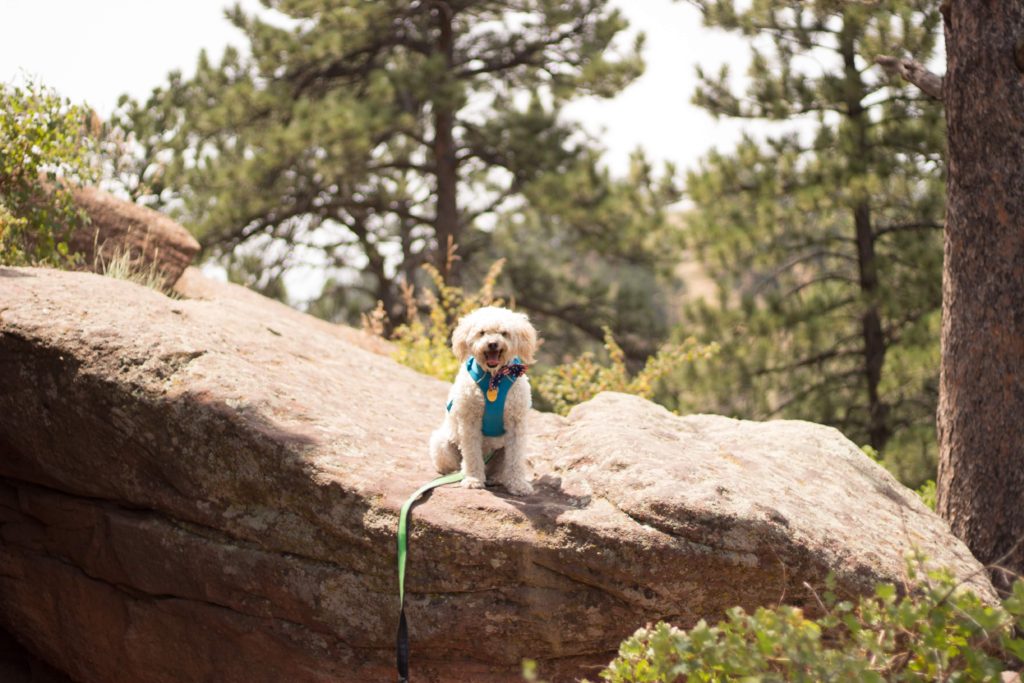
I’m Lisa and I’m a Certified Professional Dog Trainer. But more important than that I love love love dogs (like, a lot). I’ve been professionally working with pups and their humans in 2016 and was even featured on the news for being a top dog sitter in Denver, CO.
How did I get into dog training? My story is not typical.
You may (or may not) have noticed there’s a lot of contradicting dog training advice. There are older (outdated) punitive training methods taught by trainers like Cesar Millan, and conversely, science-based dog training taught by professionals like Dr. Ian Dunbar and Dr. Patricia McConnell.
Before I entered the dog training industry, I had zero clue how to train my dog. When my pup Ziggy was cast to be on Cesar Millan’s puppy training DVD, I was super excited to get to hang out with a “famous” dog trainer and learn from the “best.” Cesar himself is a nice guy, but unfortunately, his training methods didn’t work for us. I would like to mention, that what I say below isn’t to hate on Cesar personally, but more of a criticism of the lack of regulation in the dog training industry (i.e., anyone can call themselves a dog trainer).
At the time, I was working with Ziggy’s puppy excitement as he would choke and pull while we walked. Cesar taught me to “jerk” the leash — but I didn’t feel comfortable doing that at all. As a result, I had a dog that continued to choke himself on the leash, as I was being dragged behind him.
I knew there had to be a better way, so I found a positive dog trainer on Yelp. After implementing some positive science-based methods, Ziggy was walking calmly on a leash within a week. Training became fun, and something I actually enjoyed. I was working together with my pup and our bond increased immediately. That’s when I decided I needed to take this on as a profession, and share this information with others who may share my struggles.
With my story, I’d like to make two important points:
1. It’s easier to be consistent when training is fun for both you and your dog, and using positive rewards or treats is ok!
2. There’s no reason to use punitive methods that can hurt or injure your pup when positive reinforcement is effective.
If you implement these tools and stay consistent, I know you will see your pup transform into the best-behaved one in town. These are the same tools I taught in puppy class, basic obedience class, and private sessions with clients and they eliminated mischievous dogs into well-behaved ones.
What does it mean to be a “Certified Professional Dog Trainer (CPDT-KA)?”
For a dog trainer to apply for the CPDT-KA certification they must already have 300 hours of dog training experience (in the last 3 years), receive a signed attestation from another certified trainer or veterinarian, agree to a code of ethics and standard of practice, and agree to use the most humane method of training. From there, we have to pass a 180 question exam on dog training techniques, instructing humans, learning theory, husbandry, and ethology.
In order to keep our certification status, we must participate in continuing education to ensure we are always recommending the most up-to-date training methods.
